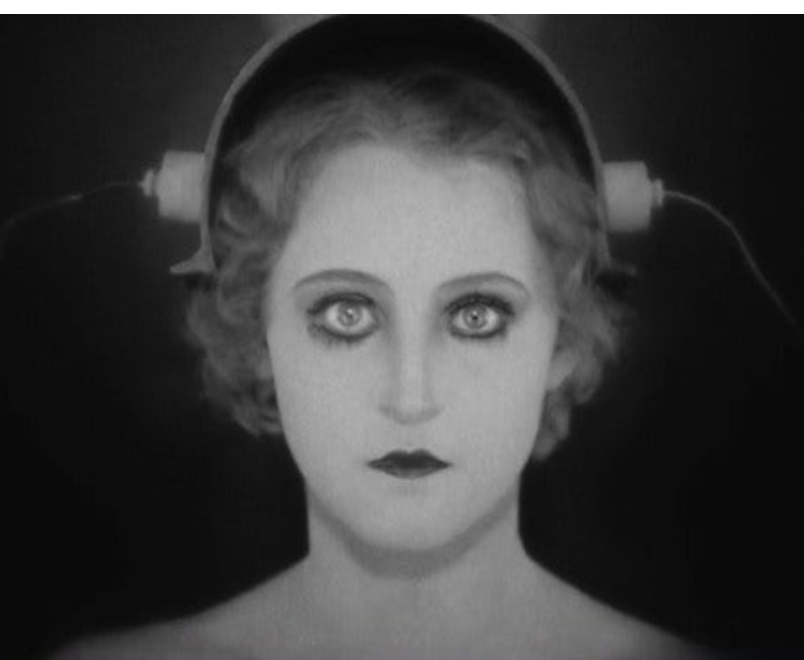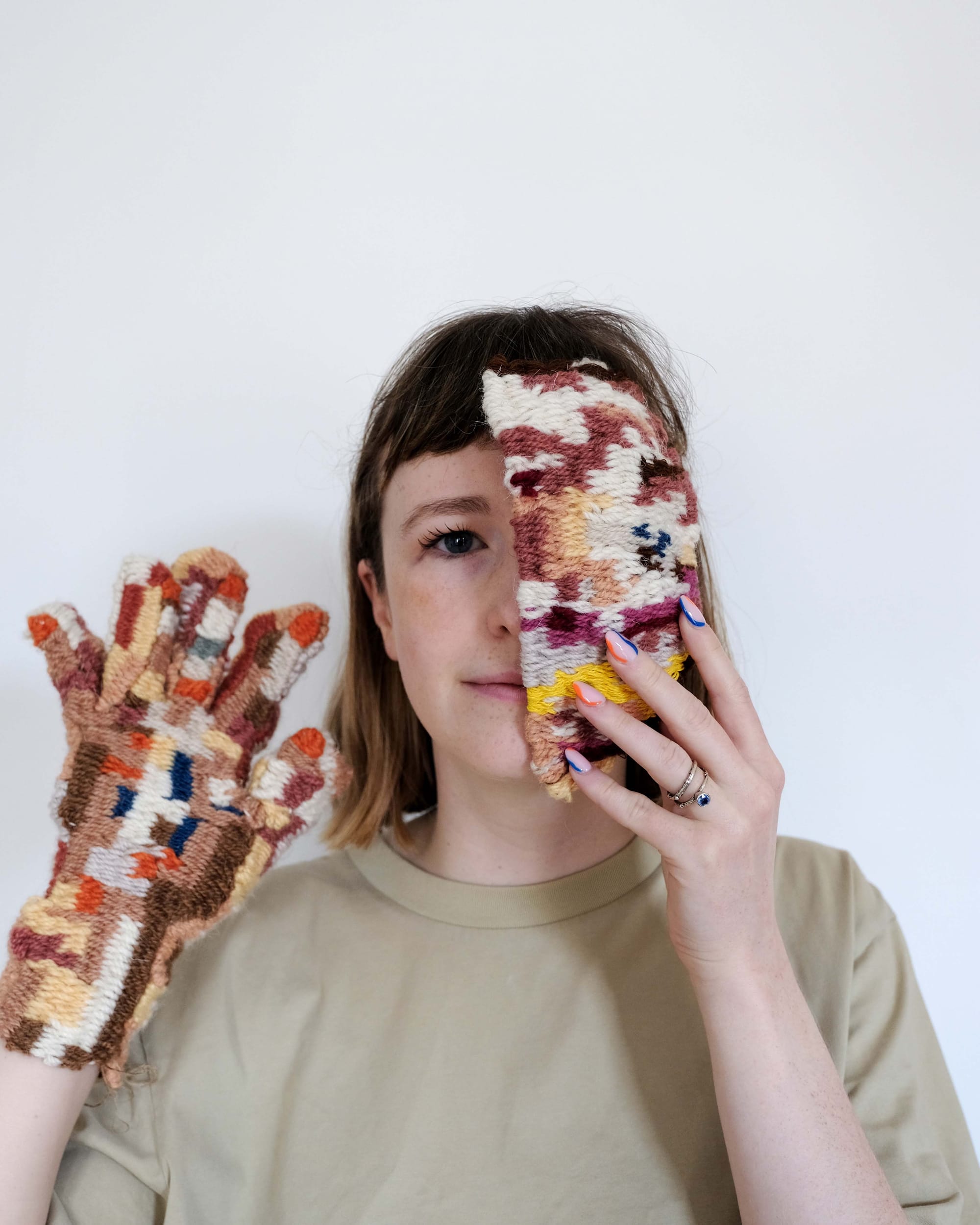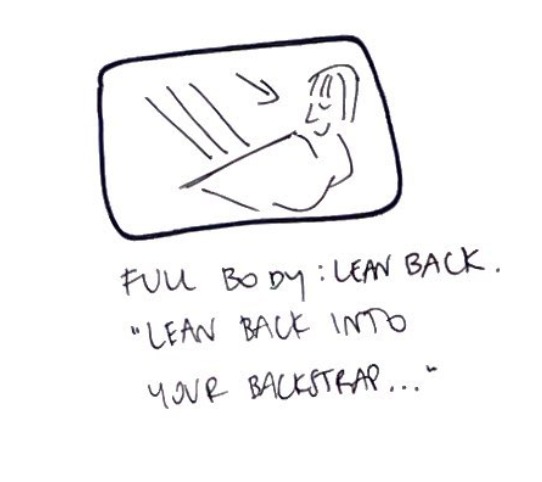I finally watched the iconic Metropolis by Fritz Lang, which I thought was an essential film to know when I’m attempting to make a female textile cyborg. From the outset, it feels clear that we’re watching this worldview from a male gaze. We see the main character, Freder, meeting Maria: pure, beautiful, saint-like. It seems like she represents true femininity, she cares for children, the workmen look to her for compassion. In order to distract Freder from the suffering of the working class, his evil father notices his son’s infatuation with Maria and decides to kidnap her and make a replica of her.


cyborgs?
The mad scientist recreates something perverse in behaviour, made for deception. The robot Maria is selfish, evil. She looks like Maria, but there’s something not quite human about her. Was it morally right for the scientist to play god and create this copy? To intentionally create something so abhorrent? Perhaps this robot showed the human condition in more reality - the “fembot” encouraged a total abandonment of humanity and compassion, and in turn made the workers in the factory reach for their own selfish desires, making them even forget the safety of their children.
So what really is a cyborg? I read Donna J Haraway’s essay A Cyborg Manifesto where she says “A cyborg is a cybernetic organism, a hybrid of machine and organism, a creature of social reality as well as a creature of fiction.”
She says “the cyborg would not recognise the Garden of Eden; it is not made of mud and cannot dream of returning to dust.” In other words, there is something inhuman about cyborgs, they’re not truly fleshy like we would be. There is a disconnect between the earth and the cyborg - “they do not remember the cosmos.”
In Haraway’s opinion there seems to be an immaterial quality to the cyborg - therefore ‘any understanding of “god” or “goddess” is dead’. I guess the connection to materiality as a cyborg is no longer needed.
I thought that the idea of the “organic vs technological” challenged what I’m working on at the moment. My textile cyborg won’t be a machine. It’s essentially pieces of cloth, made of materials that come from the earth, but made on a machine. As the maker, I’m connected to the tool and embody it, which in turn makes me a cyborg in the process. The loom itself is not automated, it’s essentially a bunch of sticks - I am the one that makes it come alive.


Me in the machine + a scan of my storyboard for my instruction videos (just thought it was cute)
Looking at my 2 body parts that I’ve made so far, it really feels like it’s hard replicating something so fleshy and real. We see this in Frankenstein - the monster’s whole body is made up of pieces of flesh sewn together, making the being grotesque - you are left with the same feeling of “uncanny valley” as in Metropolis. I feel however that my backstrap loom celebrates the organic quality of making. Yes, we become mechanised, but there is an intense connection to the natural, to imagination, to tactileness. In the process, I become a different kind of textile cyborg, one that is rooted in the fleshiness of a material and through weaving, is connected to the humans that came before me.
As always, thanks for reading!
Have a great rest of your weekend,
Alex x
